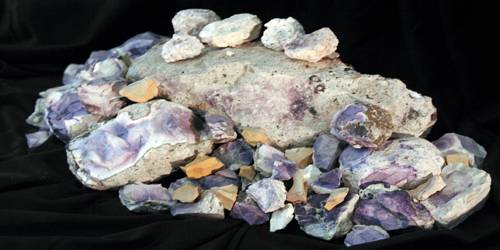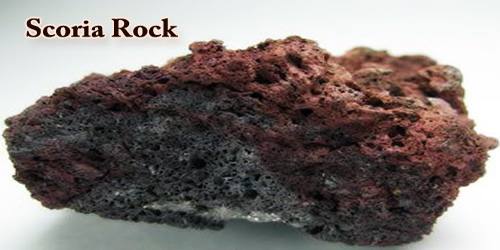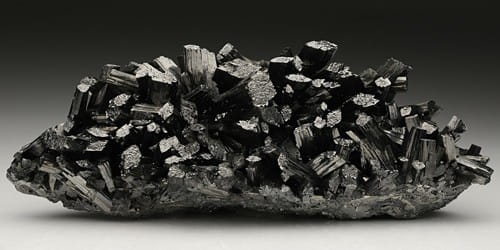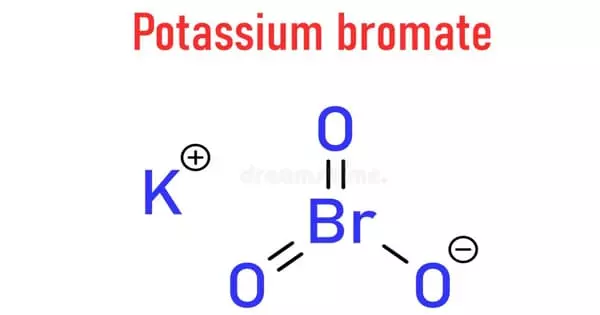Researchers from Trinity College Dublin have created synthetic rocks and tested how they react to various climatic circumstances to throw new insight on the production of rare earth elements (REEs), which are becoming more and more valuable. From smartphones to e-cars, REEs are used in electrical products and renewable energy technology.
The research, which was just published in the journal Global Challenges, has implications for recovering rare earth elements (REEs) from electronic waste, creating materials with cutting-edge functional characteristics, and even locating fresh REE resources that may be buried all over the world.
Dr. Juan Diego Rodriguez-Blanco, Associate Professor in Nanomineralogy at Trinity and an iCRAG (SFI Research Centre in Applied Geosciences) Funded Investigator, was the principal investigator of the work. He said:
“As both the global population and the fight against carbon emissions grow in the wake of global climate change, the demand for REEs simultaneously increases, which is why this research is so important. By growing our understanding of REE formation, we hope to pave the way to a more sustainable future.”
“The genesis of rare earth deposits is one of the most complex problems in Earth sciences, but our approach is shedding new light on the mechanisms by which rocks containing rare earths form. This knowledge is critical for the energy transition, as rare earths are key manufacturing ingredients in the renewable energy economy.”
As REEs are playing a critical role in a technology-filled and sustainable future, it is necessary to understand the behaviour of REEs in the geochemical cycle and in basic chemical reactions.
Adrienn Maria Szucs
More REE deposits with recoverable quantities are being sought after by numerous nations, however the extraction procedures are frequently difficult and the separation techniques are expensive and harmful to the environment.
One of the main sources of REEs are REE-carbonate deposits. The biggest known deposit is Bayan-Obo in China, which supplies over 60% of the global REEs need.
What have the researchers discovered?
Their research has shown that even at room temperature, fluids containing REEs can substitute conventional limestone through intricate chemical processes. Some of these responses happen so quickly that they occur in the same amount of time as brewing a cup of coffee.
With this information, the team is better able to comprehend the fundamental mineral reactions that are also involved in commercial separation procedures, which will aid in the development of extraction techniques and the separation of REEs from fluids.
The team’s research aims to comprehend the intricate mechanisms involved in the creation of REE-carbonate deposits. Instead, they create their own minerals and rare earth carbonate rocks to investigate instead of using natural samples (similar to Bastnasite, the key mineral from which REEs can be extracted from carbonatite rocks). To understand how REE mineralisations develop, they next emulate natural processes.
This enables them to evaluate how modifications to the primary environmental elements influence their creation. This can aid in our understanding of the origin of the mineralizations on the unexploited carbonatite deposits that exist not only in China but also in Brazil, Australia, the United States, India, Vietnam, South Africa, and Greenland.
“As REEs are playing a critical role in a technology-filled and sustainable future, it is necessary to understand the behaviour of REEs in the geochemical cycle and in basic chemical reactions,” explains Adrienn Maria Szucs, PhD candidate in Geochemistry in Trinity’s School of Natural Sciences, and lead author of this study.
This research was funded by Science Foundation Ireland, the Geological Survey of Ireland and the Environmental Protection Agency under the SFI Frontiers for the Future Programme. Adrienn was also supported via a Provost PhD Award at Trinity.
















